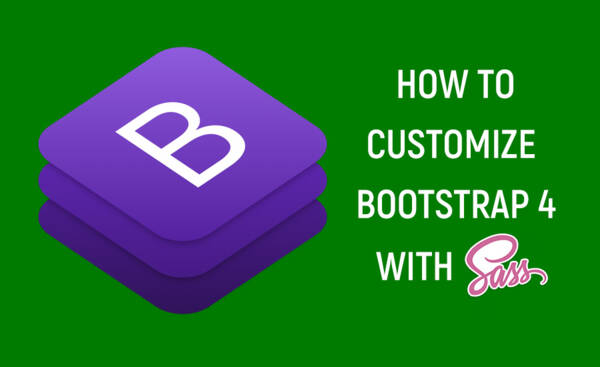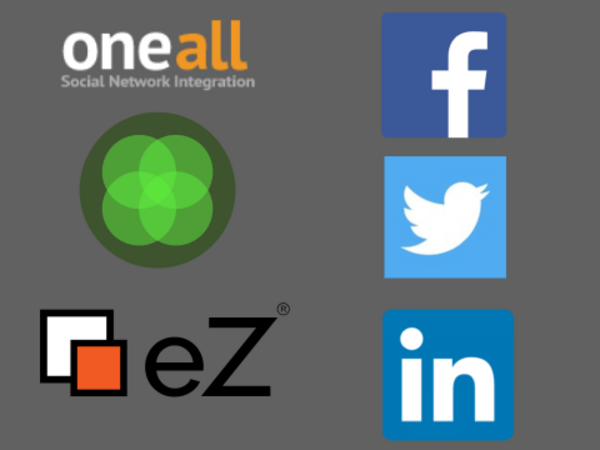Links are among a website's most valuable components. They connect (that’s what the word “link” means, after all) different pages and resources, helping site visitors find the content they are looking for. Well-planned and formatted links are like a detailed, intuitive treasure map that sends visitors to the right destination.
Links are also critical for making your website accessible to visitors with visual or other impairments. A link that lacks important information can prevent some visitors from accessing all the treasures a website holds. Or even worse, it can send users to completely undesirable content and discourage them from exploring all your site has to offer.
In this post, I’ll discuss how to present links in various contexts, clearly explaining how they can create and inform powerful relationships between different pages and assets.

There's a lot your website needs to communicate to users. When you have crucial information you don't want people to miss, an announcement banner can be a useful way to prioritize that information on your site. While this can be a simple solution, there are several use cases to consider when implementing site-wide banners. Working with our library partners, we've developed a full range of features to help deliver information quickly, effectively, and painlessly for both the front-end user and the back-end administrator.

Your website can have the best data in the world, but it quickly loses value if your users struggle to find it. Solid search features and intuitive filtering options can increase discoverability and lead to more sales.
We’ve helped several of our partners by creating better solutions for searching to address this issue. Our book publisher clients using the ReaderBound platform have very rich data sets they need to make use of for discoverability, presentation, and sales.
Promoting events and managing attendee registrations is one of the key ways a modern website supports a public library's educational mission. Here at Mugo Web, we’ve developed a comprehensive Custom Event Registration System that lets library staff schedule recurring event series, create waiting lists for popular programs, and even manage sign-ups for multiple children from one family.
The Ibexa DXP excels at multi-site installations. For example, on the same installation, you can create multiple sites that share the same database, or that share the same code but use independent databases. Different sites can share the same base design and templates, but make use of site-specific overrides where relevant. For sites with user logins, you might need Single Sign-On (SSO) behavior, so that whenever a user logs in to one site, they are automatically logged in to all sites without having to re-enter their credentials. In this post, we'll review how to implement SSO logins on an Ibexa DXP website, specifically one where some of the sites are still using eZ Publish legacy siteaccesses.
Librarians who can easily manage the content and pages on their websites say they are happy with the overall usefulness of their sites. Unfortunately, most librarians report they have yet to adopt modern web publishing tools that help make these benefits a reality.

Some months ago I listed 7 reasons why you should be using Sass over conventional CSS to build stunning websites. One of these reasons is the ability to customize Bootstrap, the most used front-end framework in the world. In this blog post, I will explain some basic concepts to enhance Bootstrap 4 with Sass to deliver a unique and delightful user experience.
In HTML you can implement responsive images. That means that you specify multiple image variations (lower and higher resolution images) and let the browser pick the best fitting image for the given screen size. For a responsive website you want to render large images (higher resolution) on bigger screens like a desktop PC screen, and smaller images (lower resolution) on mobile phones.

Paid content and circulation have always been a mainstay of the magazine publishing business (with the exception of controlled circulation magazines). And prior to the advent of the Internet, it was, for the most part, the norm for readers to pay for magazine content, either by purchasing a newsstand copy, or by buying a subscription. The same has not been true for magazines online.
I first came across SendGrid while configuring a Google Cloud Compute Engine instance. Google blocks standard SMTP ports and suggests users route mail through third-party e-mail delivery services like SendGrid. These services offset the work of maintaining IP-based e-mail reputation and provide additional tools for contact management, e-mail marketing, and compliance with CAN-SPAM requirements.
With a sleek, modern UI, well-documented web API, and helper libraries in seven languages, SendGrid stands out in this space. Though it does not bill itself as a marketing automation platform, SendGrid’s rule-based segmentation, white-label click-tracking, inbound parse webhooks, and transactional messaging -- all free -- are comparable to Bronto, Oracle’s enterprise marketing automation platform.

We recently used OneAll to develop a feature that allows user generated content to be created, submitted for review, published, and then automatically posted to the creator's social media channels without additional effort on their part. Here's how we accomplished this.

ReaderBound is a powerful website platform that helps publishers easily showcase and sell their books online.
It combines sophisticated content management and e-commerce solutions, client support, website hosting, and maintenance into one convenient package.
We often explain the ReaderBound benefits in terms of what it enables you to do. However, one of its key benefits is what it takes off your plate: a number of site maintenance worries.